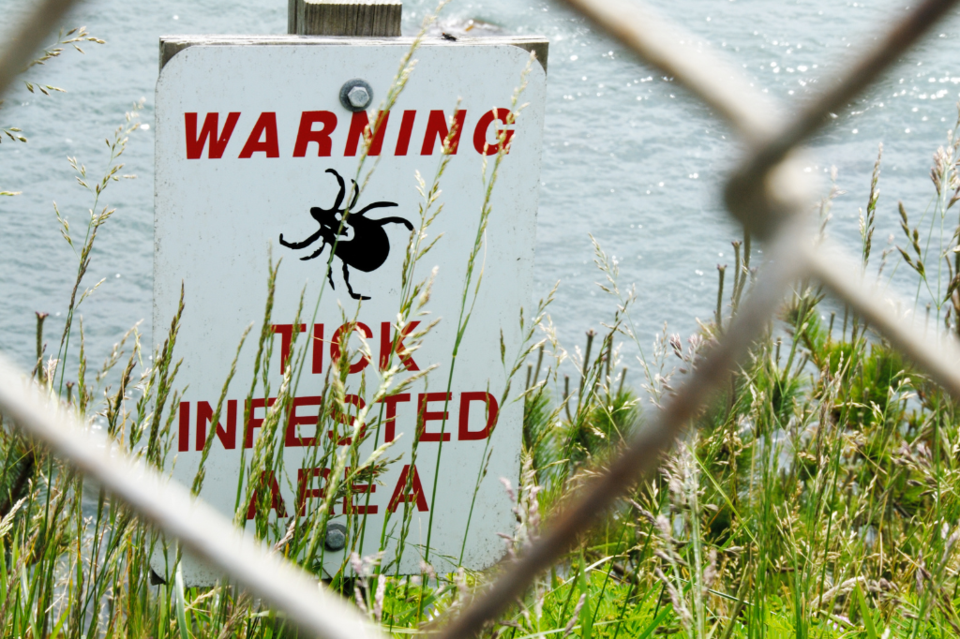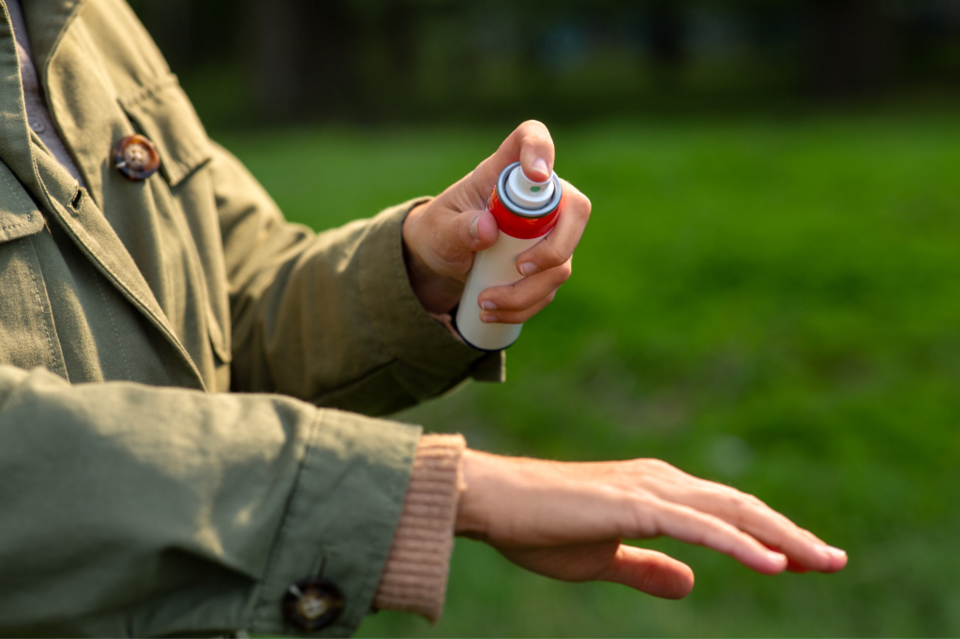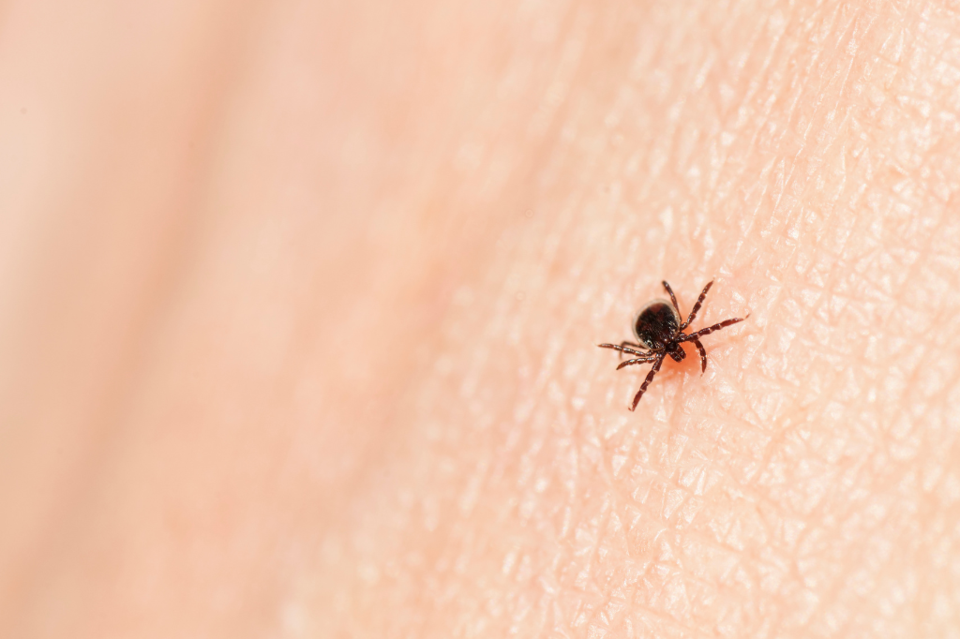Ontarians are fortunate to have access to an abundance of wilderness, offering countless opportunities to explore the great outdoors. However, it's important to remain vigilant about the risks associated with Lyme disease, particularly when venturing into wooded areas or those with tall grasses, bushes, and shrubs.
Lyme disease is transmitted to humans through the bite of an infected blacklegged tick. Health officials are reporting an increasing number of Lyme disease cases in the province each year.
In this article, we will discuss the habitats where ticks are commonly found, effective strategies to prevent tick bites, and what to do if you are bitten by a tick.
The Threat of Ticks and Lyme Disease
Canada is home to over 40 different tick species, but Lyme disease, transmitted by the blacklegged tick, is the primary concern. Detecting these tiny arachnids can be challenging, as an adult tick is about the size of a sesame seed, and nymphs are even smaller, comparable to a poppy seed.
In 2023, the Government of Canada documented over 2,540 cases, highlighting the growing prevalence of this disease. As climate change enables blacklegged ticks to spread to new regions, adopting preventive measures to avoid tick bites and protect your health is more crucial than ever.

Typical Habitats for Ticks
Blacklegged ticks favour cool, damp environments. They often reside in low shrubbery, grassy and wooded areas, leaf litter, wood piles, and other sheltered spots away from extreme temperatures. These ticks wait patiently for a host to pass by, using cues like CO2, body odours, body heat, moisture, and vibrations to latch on.

How to Prevent Tick Bites
To prevent tick bites, follow these guidelines:
- Wear Light-Coloured Clothing: Light-coloured clothing makes it easier to spot and remove ticks. Cover as much of your body as possible.
- Tuck Pants into Socks: This helps prevent ticks from getting underneath your clothing.
- Use Tick Repellent: Use a tick repellent that has DEET or icaridin on your clothes and exposed skin
- Dry Clothes on High Heat: After outdoor activities, put your clothes in the dryer for 15 to 20 minutes on high to kill any ticks.
- Perform Thorough Tick Checks: Use a full-body mirror to check for ticks, especially in hard-to-see areas like the scalp, back, armpits, and groin. Having a loved one assist can be helpful.
What to Do If a Tick Bites
If you find a tick on your body, stay calm. Panic can lead to improper removal, which increases the risk of pathogen transmission.
Follow these steps to safely remove a tick:
- Use Fine-Tipped Tweezers: Grasp the tick as close to the skin as possible, trying not to squeeze the body. Pull it straight out of the skin with steady pressure.
- Avoid Breaking the Tick: Take care not to shear off its mouthparts or leave any remnants behind.
- Save the Tick: Place the tick in a sealable plastic bag or container for potential testing.
- Consult a Physician: Consider seeking medical advice for possible antibiotic treatment or to have the tick tested for pathogens.
By following these guidelines, you can minimize the risk of tick bites and enjoy your outdoor activities with greater peace of mind.




